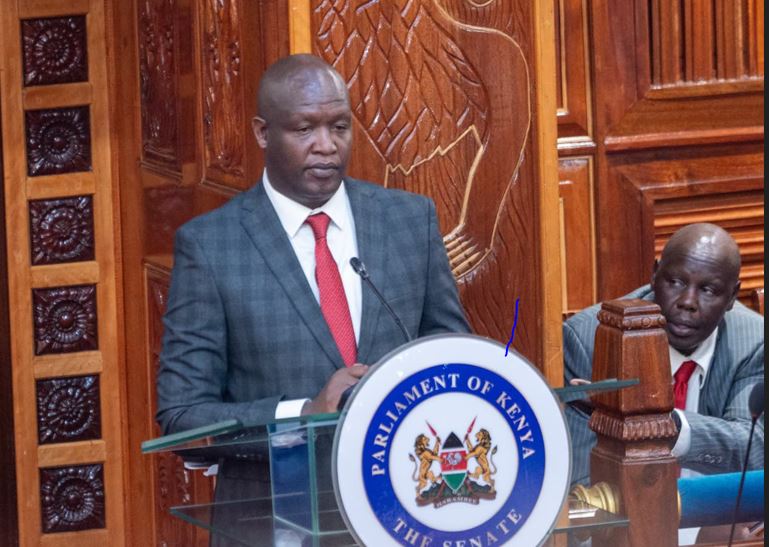Increased food, energy costs push inflation to 4.1% in April

The record marks the sixth consecutive month of rising living costs since October last year, highlighting increasing worries about affordability and economic stability.
Increased costs of some food commodities, power, and transport have pushed up the inflation level to 4.1 per cent in April. This is from 3.6 per cent in the previous month.
The record marks the sixth consecutive month of rising living costs since October last year, highlighting increasing worries about affordability and economic stability.
More To Read
- Kindiki welcomes CBK lending rate cut, says economy on recovery path
- Kenyan gamers brace for higher costs as Sony raises PS5 prices
- 11 per cent of Kenyans use mobile phones they do not own - survey
- CBK cuts lending rate to 9.5 per cent in seventh straight easing move
- EAC to set up joint taskforce and offender database to curb SGBV, cross-border crimes
- Rising prices, protests shrank private sector economy in July - report
Official figures by the Kenya National Bureau of Statistics (KNBS) shows prices of potatoes (Irish), maize grain (loose) and fortified maize flour rose by 4.0, 2.9 and 2.6 per cent, respectively, between March 2025 and April 2025.
Prices of kale (Sukuma wiki) and cabbages, however, dropped by 2.3 per cent and 4.0 per cent, respectively.
In general, the Food and Non-Alcoholic Beverages Index increased by 0.4 per cent in the period under review.
Housing, Water, Electricity, Gas and Other Fuels' Index also rose by 0.3 per cent between March 2025 and April 2025.
“The increase was mainly on account of rise in the prices of 50kWh electricity, 200 kWh electricity and gas/LPG by 3.8, 3.4 and 0.3 per cent between March 2025 and April 2025,” KNBS said.
“Conversely, prices of kerosene dropped by 1.6 per cent over the same period.”
Nevertheless, the transport Index rose by 0.5 per cent in the period under review, mainly attributable to increase in prices of country bus fares during Easter Holidays.
This despite prices of petrol and diesel declining by 1.1 and 1.3 per cent in the review period.
Both core and non-core inflation, used to derive the headline figure, rose in the month under review.
Core inflation rose to 2.5 per cent from 2.2 per cent in the previous month, while non-core rose to 8.4 from 7.4 percent.
Notably, core figure measures cost of living excluding volatile components like food and energy prices from the overall Consumer Price Index (CPI).
On the other hand, non-core represents the price movements of those excluded volatile items.
Other Topics To Read
Top Stories Today













































